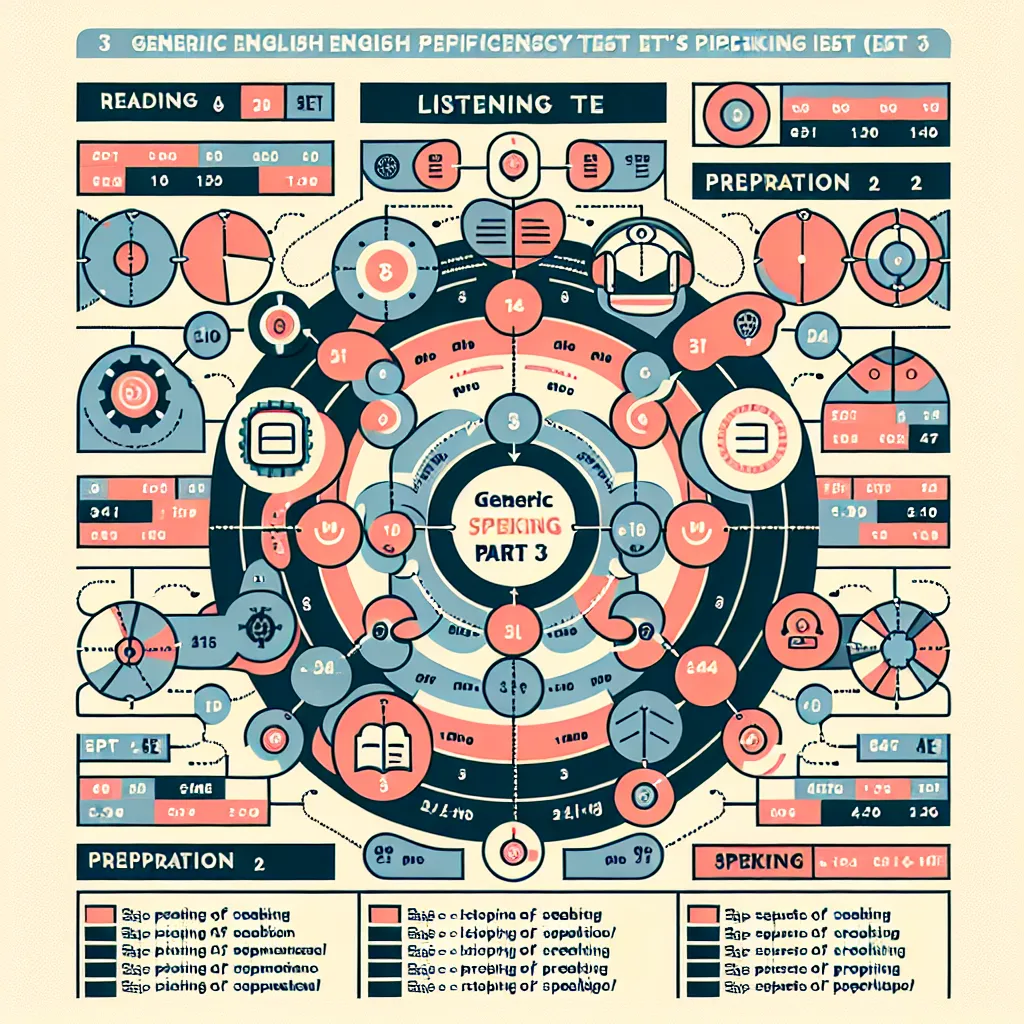TOEFL Speaking Part 3 is often considered one of the most challenging sections of the TOEFL iBT test. This task requires you to integrate information from a reading passage and a lecture, then speak about it coherently. To help you excel in this section, we’ve compiled a comprehensive list of the best tips for TOEFL Speaking Part 3.
Understanding TOEFL Speaking Part 3
Before diving into the tips, it’s crucial to understand what TOEFL Speaking Part 3 entails. In this task, you’ll have:
- 45 seconds to read a short passage
- About 2 minutes to listen to a related lecture
- 30 seconds to prepare your response
- 60 seconds to speak
Your goal is to summarize the main points from both the reading and the listening, and explain how they relate to each other.
 TOEFL Speaking Part 3 Task
TOEFL Speaking Part 3 Task
Essential Tips for TOEFL Speaking Part 3
1. Practice Active Reading
When you’re given the 45 seconds to read the passage:
- Quickly identify the main topic
- Look for key points or arguments
- Don’t try to memorize every detail
Remember, the reading passage will remain on the screen during your preparation time, so focus on understanding the overall concept.
2. Develop Effective Note-Taking Skills
During the lecture:
- Write down key ideas, not full sentences
- Use abbreviations and symbols to save time
- Focus on the main points that relate to the reading passage
Good note-taking is crucial as you won’t be able to relisten to the lecture.
3. Master the Art of Paraphrasing
To avoid simply repeating the exact words from the passage and lecture:
- Practice rewording key concepts
- Use synonyms and alternative phrases
- Maintain the original meaning while using your own words
This skill demonstrates your language proficiency and understanding of the material.
4. Structure Your Response Clearly
A well-organized response typically follows this structure:
- Introduction: Briefly state the topic and the relationship between the reading and listening
- Main point from the reading
- How the lecture supports or contradicts this point
- Repeat for additional main points
- Conclusion: Summarize the relationship between the reading and listening
5. Use Transition Words Effectively
Incorporate transition words to make your response more cohesive:
- “First,” “Second,” “Finally” for listing points
- “However,” “On the other hand” for contrasting ideas
- “For example,” “In particular” for providing specifics
- “In conclusion,” “To sum up” for wrapping up your response
6. Practice Time Management
With only 60 seconds to speak:
- Allocate time for each part of your response
- Use a stopwatch during practice sessions
- Learn to pace yourself to cover all main points
Proper time management ensures you don’t run out of time before concluding your response.
7. Enhance Your Listening Skills
To improve your ability to understand and recall the lecture:
- Practice with various accents and speaking speeds
- Listen to academic podcasts and lectures
- Take notes while listening to improve multitasking skills
8. Expand Your Academic Vocabulary
A rich vocabulary will help you express ideas more precisely:
- Learn common academic words and phrases
- Study subject-specific terminology in various fields
- Practice using new vocabulary in context
9. Improve Your Pronunciation and Fluency
Clear pronunciation and smooth delivery are crucial:
- Record yourself speaking and analyze your pronunciation
- Practice tongue twisters to improve articulation
- Work on reducing filler words like “um” and “uh”
10. Simulate Test Conditions
To prepare for the actual test environment:
- Practice with official TOEFL iBT practice tests
- Use a timer for each section
- Wear headphones to mimic the test-day experience
 TOEFL Practice Environment
TOEFL Practice Environment
Common Mistakes to Avoid
1. Mismanaging Time
Don’t spend too much time on one point, leaving others unaddressed.
2. Neglecting the Connection
Always explain how the lecture relates to the reading passage.
3. Overreliance on Memorization
Focus on understanding concepts rather than memorizing exact phrases.
4. Ignoring the Reading Passage
Some students focus too much on the lecture and forget to mention the reading content.
5. Speaking Too Quickly
Maintain a steady, clear pace rather than rushing through your response.
Next Steps for Improvement
After mastering these tips:
- Regularly practice with official TOEFL Speaking Part 3 questions
- Seek feedback from native English speakers or TOEFL tutors
- Join TOEFL study groups to practice with peers
- Record your responses and self-evaluate your performance
- Stay updated on current TOEFL test formats and requirements
By implementing these strategies and consistently practicing, you’ll significantly improve your performance in TOEFL Speaking Part 3. Remember, success in this section comes from a combination of strong language skills, effective time management, and the ability to synthesize information quickly. Keep practicing, stay confident, and you’ll be well on your way to achieving your desired TOEFL score.




